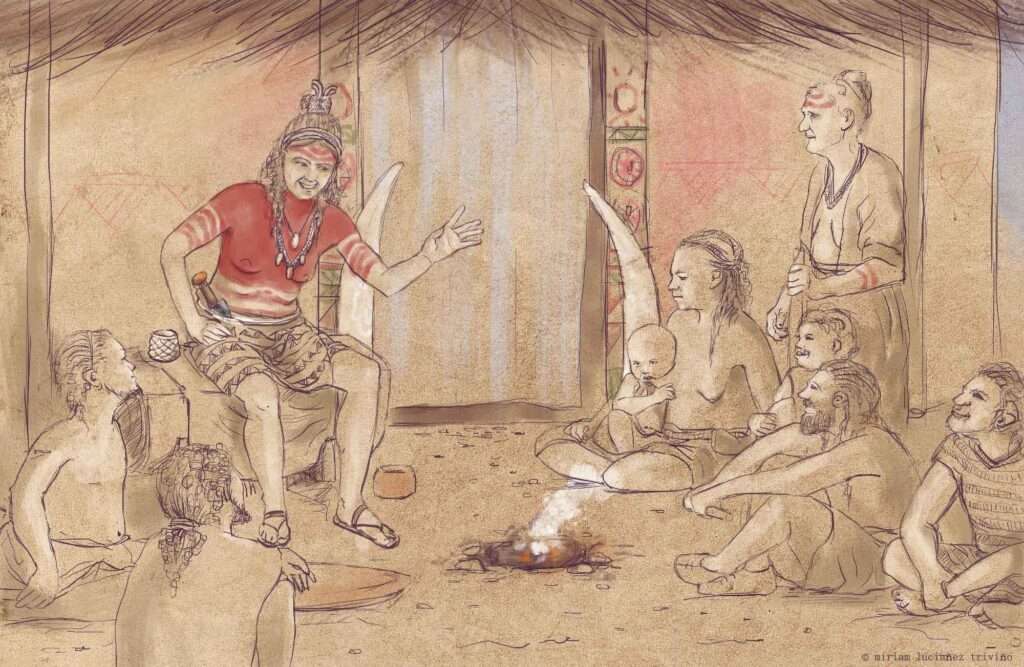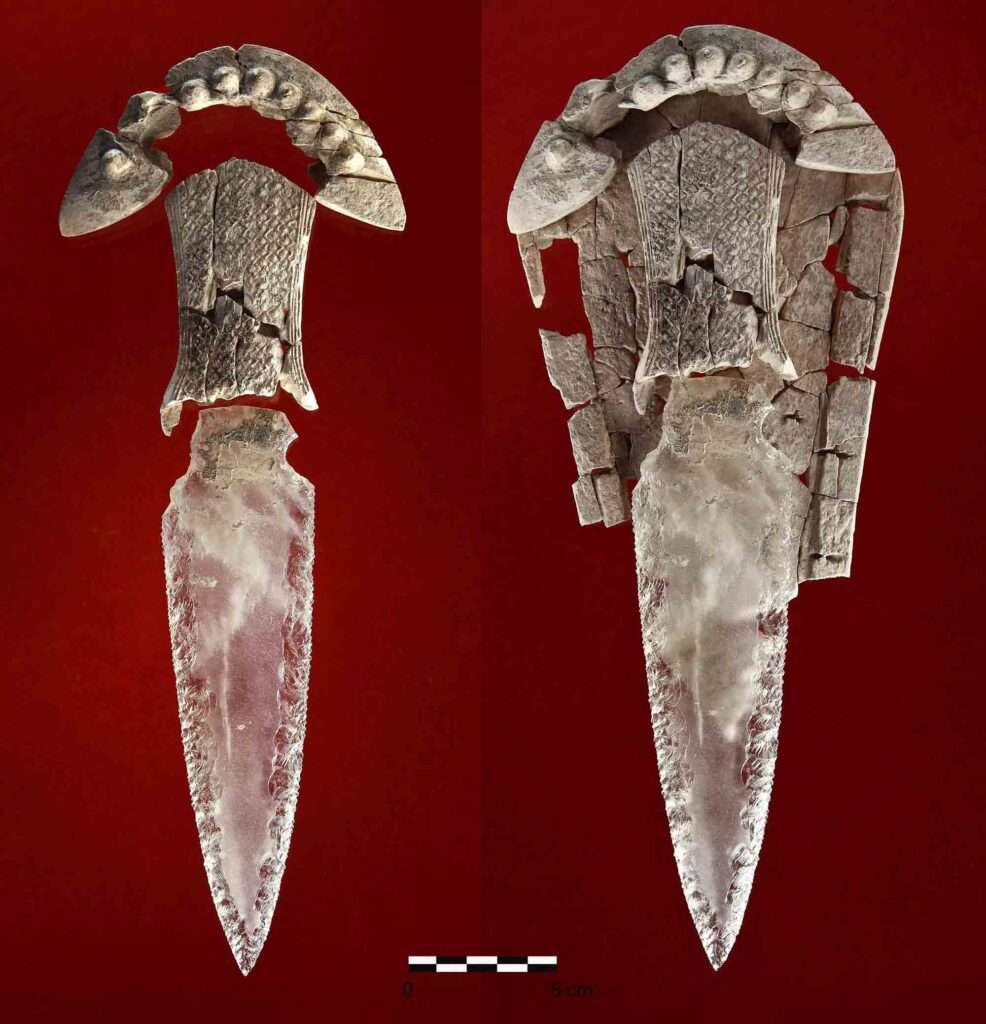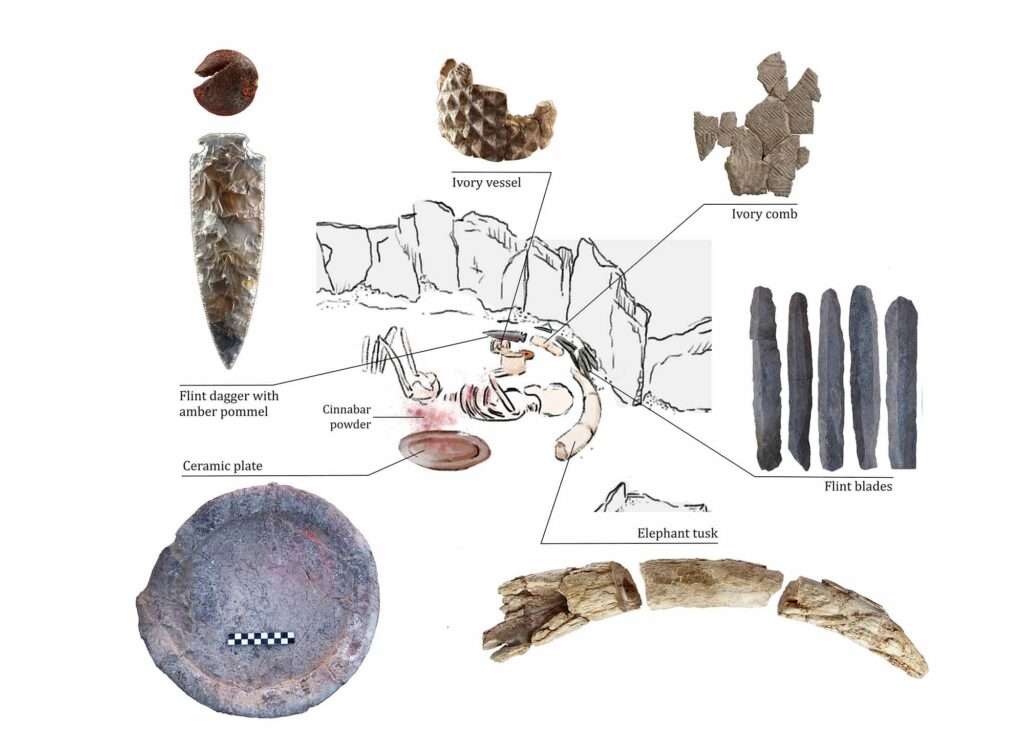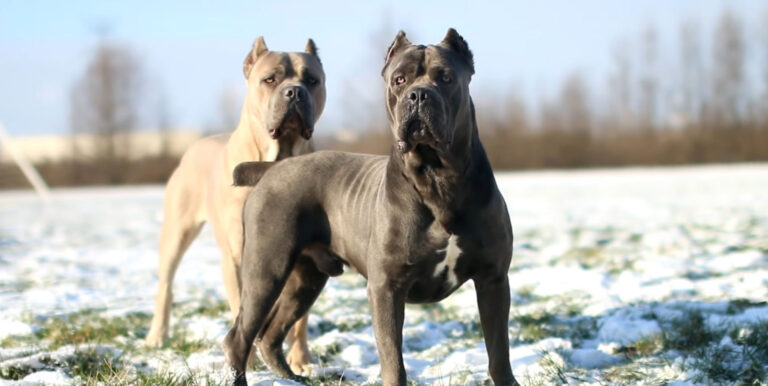A 5,000-year-old tooth from a Copper Age tribal leader for years thought to be a man has revealed that she was really a powerful woman.
For 15 years scientists believed that the remains found in a high-ranking tomb in Andalusia, southern Spain, must have been an important male leader.
But new DNA checks on a tooth from the body’s remains have proved that the tomb’s occupant was actually a woman.
The remains were unearthed in 2008 with the body surrounded by a treasure trove of gems, ivory and ostrich eggs.

At the time scientists were so impressed they named the corpse ‘Ivory Merchant’ and declared him to be a male VIP.
Now red-faced researchers have revealed that new tests on tooth enamel show the body was really a woman and have renamed her Ivory Lady.
In a statement on 6th July obtained by Newsflash, Austrian Academy of Sciences (OeAW) spokeswoman Phuong Duong admitted: “Due to the climatic conditions, DNA analyses are often difficult in the Mediterranean region.”
Duong added: “Exotic luxury goods such as elephant tusks from Africa, amber beads from the north, rock crystals, flints and ostrich eggshells – the set of precious objects that Spanish archaeologists found in 2008 in a burial site dated to the Copper Age (circa 3200 to 2200 BC) in southern Spain – in Valencina (CORRECT) near Seville – was extraordinary.”

But she admitted: “It is the grave of a woman, but based on the social position of the buried person, the skeleton was initially identified as male.
“For the researchers, this study also represents an anticipation of the changes that new scientific methods could bring to prehistoric archaeology and the study of human social development.”
OeAW archaeologist Prof Dr Katharina Rebay-Salisbury explained: “Prehistoric bones are often poorly preserved because of the high temperatures and dry air in Spanish burial sites.”
The astonishing discovery seems to show that even in the brutal ancient past of human societies women commanded senior roles.

Seville University Professor Leonardo Garcia Sanjuan said: “The first anthropological report determined that the individual was most likely male based on an analysis of the pelvis.”
Since the skeleton’s pelvic region was not well preserved, a group of researchers from Spain and Austria decided to check the body’s tooth enamel.
Professor Garcia Sanjuan said: “This analysis told us precisely that the skeleton was female.”
The professor of prehistory added: “We think that at one time, she was the highest-ranked person in this particular society.”
Speaking to the Live Science magazine, Professor Garcia Sanjuan explained: “During this time period, we were starting to see new forms of leadership in Western European societies.

“She was a leader who existed before kings and queens and her status was not inherited, meaning that she was a leader based on her personal achievements, skills and personality.”
He added: “The burial is special because it contains only one individual and is not a mass grave with commingled bones.
“When we compared the grave goods with our database of more than 2,000 grave sites in the area, we can clearly see that this woman stood head and shoulders above other individuals in terms of wealth and social status.
“In the last 15 years, we have come to learn that this site was important and was the largest civilisation site in Iberia.
“We think that this was a central gathering place that connected people from afar. It makes full sense that the Ivory Lady would be buried here.”

To find out more about the author, editor or agency that supplied this story – please click below.
Story By: Thomas Hochwarter, Sub-Editor: Marija Stojkoska, Agency: Newsflash
The Ananova page is created by and dedicated to professional, independent freelance journalists. It is a place for us to showcase our work. When our news is sold to our media partners, we will include the link here.




